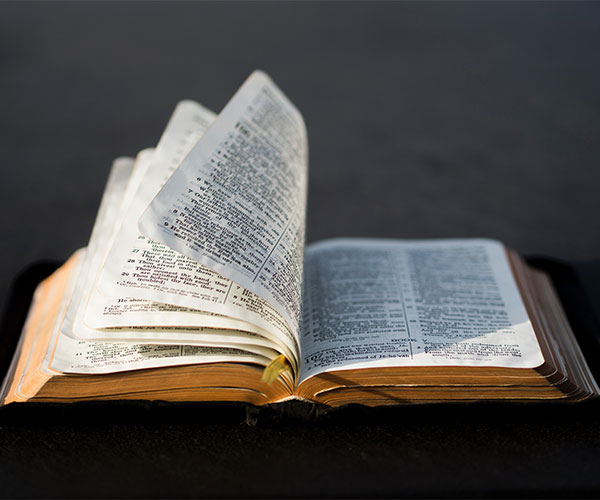
the Bible – the book
III. THE NEW TESTAMENT TEXT
H. CONCLUSION
The amount of manuscript evidence available for the “reconstruction” of the original autographs of the New Testament Text is impressive. The Greek manuscripts together with the early versions and the witness of the church fathers provide the modern biblical scholar with a solid foundation on which to verify the text of the New Testament.
No other literary work of ancient times comes anywhere near the New Testament in providing reliable documentation to reproduce a modern text of the original.
One additional significant factor should be considered. Some of the best manuscript evidence for the New Testament is found in the three key uncial manuscripts which date to approximately 350 – 400 AD. This means that these documents were preserved unchanged for some 1600 years. It is quite possible that these manuscripts were made from copies that were made from the originals themselves. If this were found to be true the present text in our possession would only be a “third generation” copy. Many today falsely assume that the Bible has been copied over and over again in such a way that it is not possible for it to be accurate and trustworthy. The information presented here should assure the reader that such assumptions are not based in fact.
The conclusion then is that the result of surveying the internal and external evidence of the New Testament is that we today can have complete confidence that the present text of the New Testament is an accurate, trustworthy and reliable historical document written by eyewitnesses or close associates and contemporaries of the eyewitnesses of the life of Jesus.
With this in mind the reader is invited to continue on to the second main topic in the “library”: Jesus – Who was this Man. There we will learn what the written record of the New Testament says concerning the true identity of Jesus of Nazareth!

